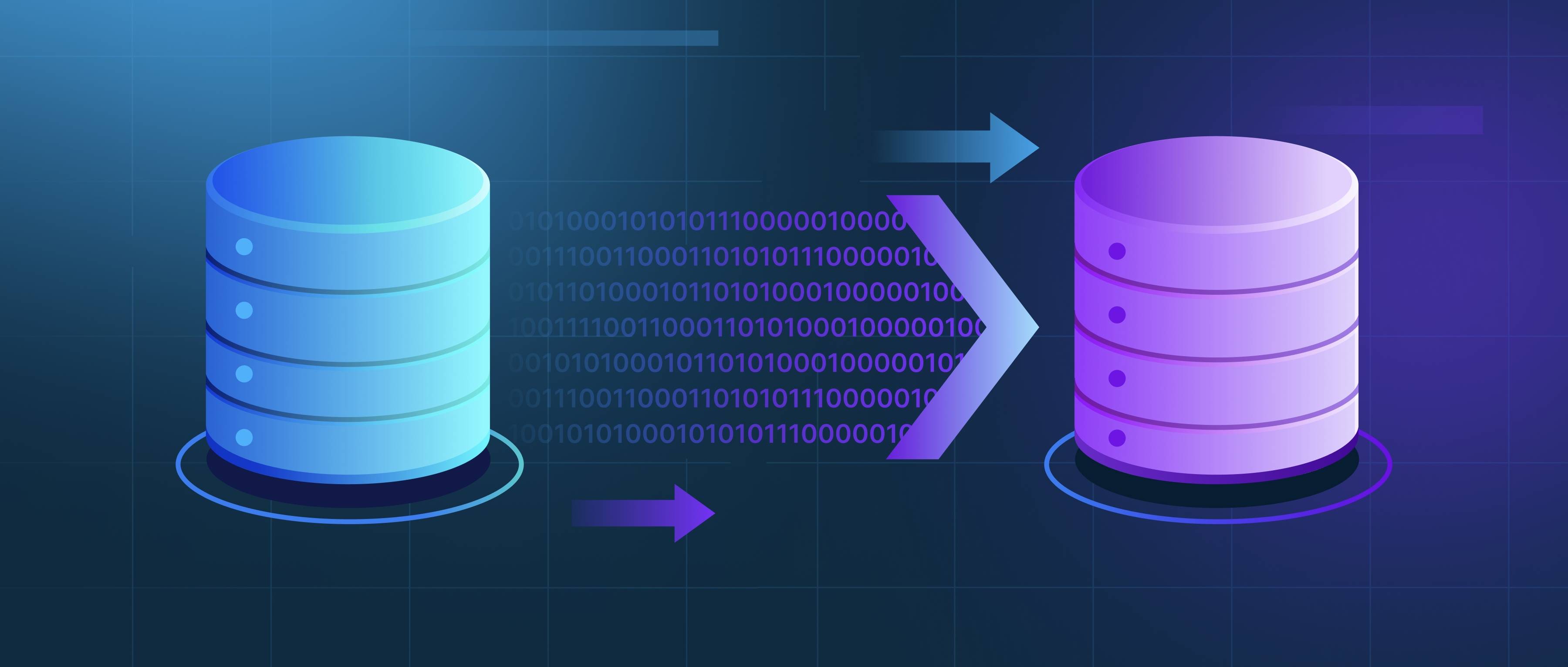A data pipeline is a system designed to move and process data from one or more sources to a destination, such as a database, data warehouse, or application. It automates the flow of data, ensuring it is collected, transformed, validated, and delivered efficiently. Pipelines can handle batch processing (large datasets at scheduled intervals) or real-time streaming (continuous data flow). For example, a pipeline might ingest logs from servers, clean the data, enrich it with user information, and load it into a analytics dashboard. Tools like Apache Kafka for streaming or Apache Airflow for workflow orchestration are commonly used to build pipelines. The key goal is to ensure data is accurate, accessible, and ready for analysis or operational use.
ETL (Extract, Transform, Load) is a specific type of data pipeline focused on preparing structured data for analysis. It involves three stages: extracting data from sources (e.g., databases, APIs), transforming it (cleaning, aggregating, or reformatting), and loading it into a target system like a data warehouse. For instance, an ETL process might pull sales data from multiple databases, calculate monthly revenue totals, and load the results into a warehouse for reporting. Traditional ETL tools like Informatica or Talend are batch-oriented, but modern cloud services (e.g., AWS Glue) support scalable, serverless ETL workflows. ETL is often used in scenarios where data must be restructured or enriched before storage.
While ETL is a subset of data pipelines, not all pipelines are ETL. Data pipelines encompass a broader range of use cases, including real-time streaming (e.g., processing sensor data with Apache Flink), ELT (where raw data is loaded first and transformed later, as in Snowflake), or even simple data transfers without transformation. ETL is typically used when transformation is required before storage, especially in structured, batch-driven environments. However, modern pipelines often blend approaches: a pipeline might use ETL for historical data while handling real-time streams separately. The relationship lies in their shared purpose—moving and preparing data—but pipelines offer flexibility beyond ETL’s structured, sequential approach.
